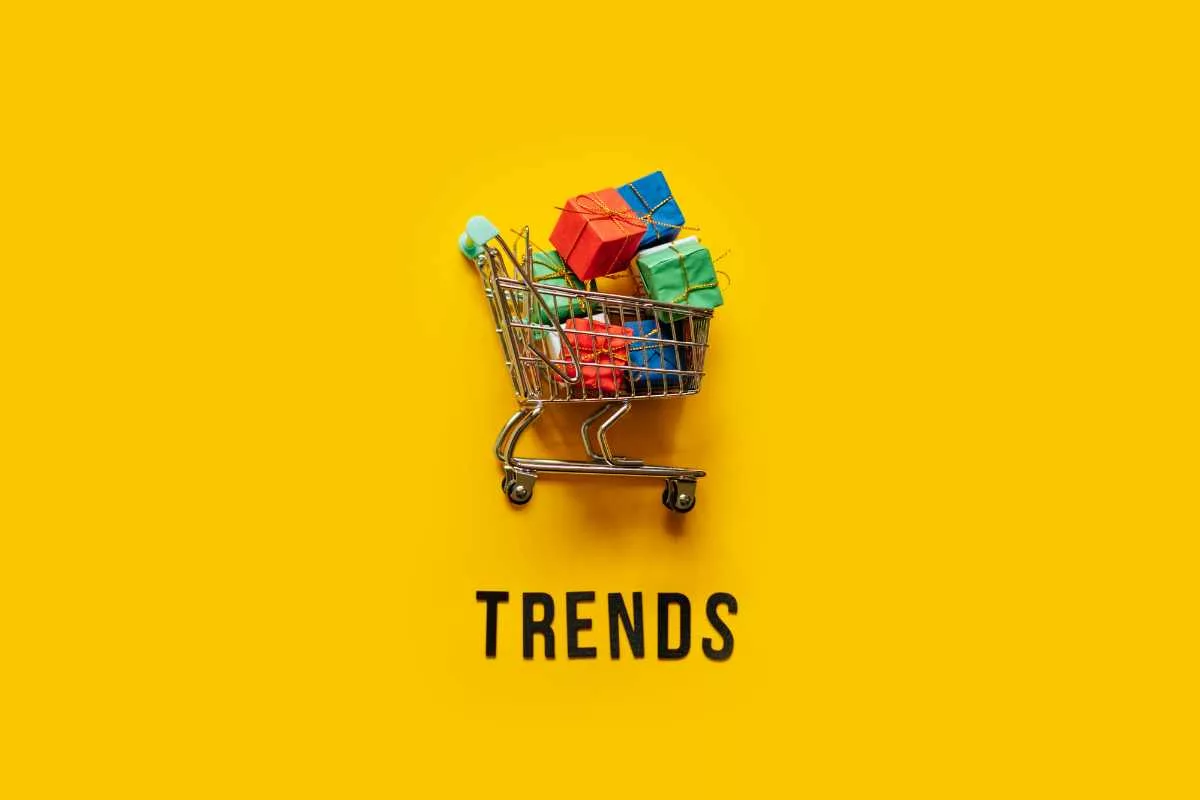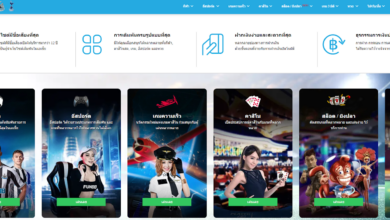Technology has revolutionized many industries in recent years, and the retail sector is no exception. With the advent of new technologies, the retail landscape has undergone significant changes, leading to a shift in consumer behavior and expectations. In this article, we will explore the current state of retail, the role of technology in its transformation, key technological innovations reshaping the industry, and the challenges and opportunities that come with it.
Understanding the Current Retail Landscape
Before delving into the impact of technology on the retail industry, it is important to have a clear understanding of the current retail landscape. Traditional brick-and-mortar stores have long been the primary way for consumers to shop. These stores offer a physical space for customers to browse and purchase products. They often provide a personalized shopping experience, allowing customers to interact with the products and receive assistance from knowledgeable staff.
However, in recent years, there has been a significant shift towards e-commerce. Online shopping platforms have gained popularity due to their convenience and accessibility. Consumers can browse a wide range of products from the comfort of their own homes and have them delivered directly to their doorstep. E-commerce has disrupted the retail industry, challenging traditional retail models and forcing businesses to adapt to the changing market.
The Role of Traditional Retail
Despite the rise of e-commerce, traditional retail still plays a vital role in the industry. Brick-and-mortar stores offer a unique shopping experience that cannot be replicated online. They provide a physical space for customers to interact with products, try them on, and receive personalized recommendations from staff. Retail stores also serve as community hubs, where consumers can connect with others and engage in social experiences.
That being said, traditional retail is not without its challenges. Business owners must find ways to attract customers to physical stores and provide an experience that sets them apart from online alternatives. Technology can play a crucial role in bridging the gap between traditional and digital retail, creating a seamless omnichannel experience for customers.
The Shift Towards E-commerce
E-commerce has experienced explosive growth in recent years, and the COVID-19 pandemic has only accelerated this trend. Online shopping offers unparalleled convenience, allowing consumers to browse and purchase products at any time and from anywhere. The ease of online shopping has led to a significant increase in online sales, prompting many retailers to expand their digital presence.
Moreover, e-commerce platforms have leveraged technology to enhance the shopping experience. Features such as personalized product recommendations, customer reviews, and easy payment options have made online shopping more appealing to consumers. The convenience of doorstep delivery, flexible return policies, and the ability to compare prices has shifted consumer preferences towards online retailers.
The Intersection of Retail and Technology
The intersection of retail and technology has opened up new opportunities for growth and innovation. Retailers are increasingly embracing digital transformation to optimize their operations and improve the customer experience. By leveraging technology, businesses can streamline processes, gain insights from data, and provide personalized services to their customers.
The Advent of Digital Transformation in Retail
Digital transformation involves the integration of digital technologies into all aspects of business operations. In retail, this includes the implementation of e-commerce platforms, customer relationship management systems, inventory management software, and analytics tools. These technologies enable retailers to automate processes, improve efficiency, and make data-driven decisions.
For example, retailers can use data analytics to gain insights into consumer behavior and preferences. By understanding customer buying patterns and preferences, businesses can tailor their marketing strategies, product offerings, and shopping experiences to meet the specific needs of their target audience. This level of personalization can lead to increased customer satisfaction and higher conversion rates.
Technology as a Game-Changer in Retail
Technology has the potential to be a game-changer in the retail industry. Innovations such as artificial intelligence (AI), augmented reality (AR), virtual reality (VR), blockchain, and cryptocurrency are reshaping the way consumers shop and interact with brands.
Key Technological Innovations Reshaping Retail
Quantum AI is emerging as a pivotal innovation in the retail sector, dramatically altering the landscape of retail investment. By merging the immense power of quantum computing with advanced artificial intelligence algorithms, this technology enables the analysis of market trends and data on an unprecedented scale and velocity.
Its impact in retail trading is profound, granting individual investors access to analytical tools and insights that were once exclusive to large financial institutions. With Quantumaiplatform.com, retail traders can quickly adapt to market shifts, identify profitable opportunities, and make decisions based on accurate, data-driven insights. This not only levels the playing field for retail investors but also opens up new avenues for personal financial growth in an increasingly digitized financial world.
Artificial Intelligence in Retail
Artificial intelligence is revolutionizing the retail industry by enabling personalized customer experiences at scale. AI-powered chatbots can assist customers with their inquiries and provide recommendations based on individual preferences. Retailers can also use AI algorithms to analyze large volumes of data and gain insights into customer behavior, inventory management, and pricing strategies.
AI can also be used to offer personalized product recommendations to customers, helping them discover new products and make informed purchasing decisions. By analyzing past purchase history and browsing behavior, AI algorithms can suggest products that align with the customer’s preferences and increase the likelihood of a sale.
The Rise of Augmented and Virtual Reality
Augmented reality (AR) and virtual reality (VR) technologies are transforming the way customers experience products. AR allows consumers to visualize products in real-world settings before making a purchase. For example, furniture retailers can offer AR apps that allow customers to see how a piece of furniture would look in their own homes. This technology enhances the online shopping experience by reducing uncertainty and improving product visualization.
VR, on the other hand, creates immersive virtual environments that can simulate real-world experiences. Retailers can use VR to create virtual showrooms, allowing customers to explore products and make purchase decisions in a virtual space. This technology opens up new possibilities for retailers to engage with customers and provide unique shopping experiences.
The Impact of Blockchain and Cryptocurrency
Blockchain technology and cryptocurrencies have the potential to revolutionize payment systems and supply chain management in the retail industry. Blockchain enables secure and transparent transactions, reducing the risk of fraud and improving trust between retailers and customers.
Cryptocurrencies, such as Bitcoin, offer an alternative form of payment that is decentralized and eliminates intermediaries. This can reduce transaction fees and provide customers with more freedom and control over their finances. Retailers that accept cryptocurrencies can tap into new markets and attract tech-savvy customers who prefer digital currencies.
The Changing Consumer Behavior and Expectations
The widespread adoption of technology has significantly influenced consumer behavior and expectations. Today’s consumers expect convenience, personalization, and seamless shopping experiences across multiple channels. Retailers must adapt to these changing expectations to stay competitive in the digital age.
The Influence of Technology on Shopping Habits
Technology has fundamentally changed the way consumers shop. Mobile devices have become an essential tool for browsing products, comparing prices, and making purchases on the go. Social media platforms and influencer marketing have also shaped consumer shopping habits, with many consumers seeking inspiration and recommendations through social channels.
Furthermore, technology has empowered consumers with access to vast amounts of information. Before making a purchase, customers can research products, read reviews, and compare prices online. This has led to more informed purchasing decisions and increased price sensitivity among consumers.
The Demand for Personalization and Convenience
Consumers now expect personalized experiences and convenient shopping options. Retailers need to leverage technology to provide personalized product recommendations, targeted promotions, and tailored shopping experiences. By analyzing customer data and preferences, businesses can create customized offers and recommendations that resonate with individual shoppers.
In addition, convenience has become a top priority for consumers. The rise of on-demand services and same-day delivery has set a new standard for convenience. Retailers need to invest in technologies that enable streamlined checkout processes, fast delivery options, and hassle-free returns to meet the demands of today’s consumers.
The Challenges and Opportunities of Technology in Retail
Overcoming Technological Challenges in Retail
Implementing new technologies in retail comes with its fair share of challenges. One of the main challenges is the cost associated with adopting and maintaining technology infrastructure. Small businesses, in particular, may struggle to invest in the necessary hardware, software, and training to keep up with the rapid pace of technological advancements.
Data security and privacy concerns are also significant challenges in the retail industry. As retailers collect and store vast amounts of customer data, ensuring the security and privacy of this information is of utmost importance. Customers need to trust that their personal information is being handled securely and responsibly.
Leveraging Opportunities for Growth and Innovation
While there are challenges, there are also immense opportunities for growth and innovation in the retail industry. Technology can help retailers streamline operations, reach new customers, and create personalized experiences that drive customer loyalty. Retailers can leverage data analytics to gain insights into consumer behavior, optimize inventory management, and identify new market trends.
Furthermore, by embracing technology, retailers can tap into new revenue streams. For example, partnerships with technology companies or offering value-added services can help retailers differentiate themselves from competitors and attract a larger customer base.
Conclusion
The future of retail is intrinsically tied to technology. The intersection of retail and technology presents both challenges and opportunities for businesses in the industry. By understanding the current retail landscape, embracing digital transformation, leveraging technological innovations, and adapting to changing consumer behavior, retailers can thrive in an increasingly digital world. The potential for growth and innovation is vast, and those who embrace technology will be best positioned to succeed in the future of retail.

 How to Generate your E-Shram Card? Apply Online
How to Generate your E-Shram Card? Apply Online The Impact of Advanced SEO Techniques on Online Visibility
The Impact of Advanced SEO Techniques on Online Visibility Emirates Multi-City Flights Are Cheaper or Not?
Emirates Multi-City Flights Are Cheaper or Not? What Makes FamiSafe A Perfect Choice For Your Child Safety
What Makes FamiSafe A Perfect Choice For Your Child Safety How Technology is Changing Long-Distance Moving
How Technology is Changing Long-Distance Moving The Role of Certifiers in Commercial Development
The Role of Certifiers in Commercial Development Fun88 รีวิวเว็บคาสิโนออนไลน์ ใบอนุญาต ฟีเจอร์เด่น พร้อมแชร์ทางเข้า Fun88แท้ อัพเดทใหม่
Fun88 รีวิวเว็บคาสิโนออนไลน์ ใบอนุญาต ฟีเจอร์เด่น พร้อมแชร์ทางเข้า Fun88แท้ อัพเดทใหม่ Everything You Need To Know About The Champions League Final
Everything You Need To Know About The Champions League Final